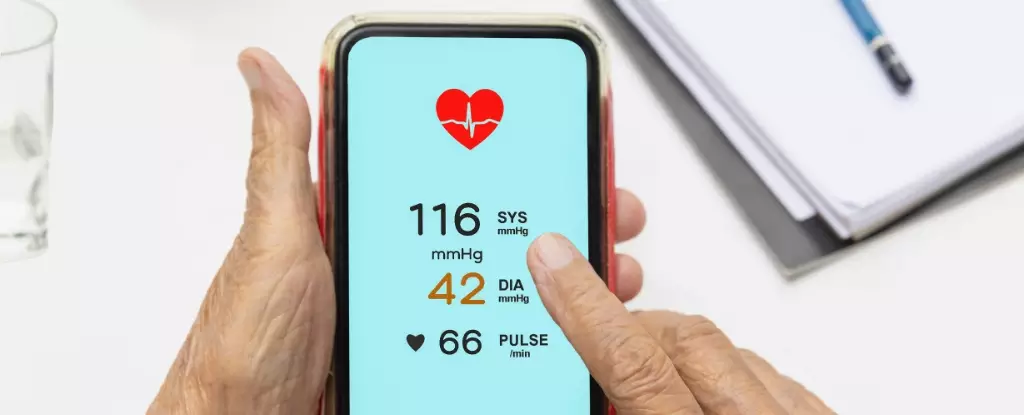High blood pressure, commonly referred to as hypertension, poses a significant health risk that is often underestimated or undiagnosed. Millions of individuals, sometimes unaware of their condition, are vulnerable to severe complications such as heart disease or kidney failure. There is a pressing need for effective and accessible methods of monitoring blood pressure, particularly in underserved communities that lack adequate medical resources. The introduction of a groundbreaking Android app by a research team from the University of Pittsburgh promises to change this landscape, enabling effortless tracking of blood pressure using technology that many already possess—the smartphone.
The newly developed app harnesses the capabilities of modern smartphones, utilizing their built-in accelerometers, cameras, and touch sensors. Unlike traditional methods that necessitate specialized equipment, this app allows users to estimate arterial pressure remotely. Being able to do this from a portable device will not only increase accessibility but also empower individuals to take charge of their health. As biomedical engineer Ramakrishna Mukkamala points out, “In underserved populations, many people don’t have access to blood pressure cuffs, regular doctor’s appointments, or even know it’s a problem—but they do have smartphones.” This technology aims to bridge the gap in medical care, allowing users to monitor their health status more conveniently.
Blood pressure readings have typically been conducted using a device called a sphygmomanometer. This cumbersome equipment involves applying an inflated cuff around the arm to restrict blood flow temporarily before slowly releasing it to measure the pressure fluctuations with each heartbeat. These fluctuations reflect the systolic and diastolic pressures, which have significant implications for an individual’s cardiovascular health. However, the cumbersome nature of this method makes it impractical for daily tracking by the average person. Moreover, because high blood pressure can often be asymptomatic, individuals may miss crucial opportunities for early intervention.
A Novel Approach to Measurement
The smartphone app does not mimic traditional devices; instead, it applies a unique strategy to gauge pulse pressure. By leveraging gravity and finger pressure on the screen, the app collects data on blood flow changes rather than artificially constricting it through an external cuff. Users are guided to perform specific hand movements and screen touches to facilitate the readings, capitalizing on physical principles like hydrostatic pressure changes as they raise their hands above heart level. Biomedical engineer Vishaal Dhamotharan explains how these methods produce valuable data about pulse pressure without the need for expensive or complex apparatus.
Testing and Future Development
Initial tests involving 24 participants have demonstrated that the app can estimate pulse pressure with a respectable degree of accuracy, within a margin of approximately 8 mm Hg. While these results are promising, the research team emphasizes that further development is essential to enhance the app’s precision. More extensive trials and cross-referencing with larger healthcare databases will likely yield additional insights, refining the capabilities of this innovative tool. Nevertheless, the challenge remains to shift the mindset surrounding pulse pressure as a reliable indicator of overall blood pressure health, a concept that this app seeks to promote.
Looking Ahead: A Paradigm Shift in Health Monitoring
The quest for a cuffless blood pressure measurement solution represents an exciting frontier in healthcare technology. With support from biomedical engineers like Sanjeev Shroff at the University of Pittsburgh, it is evident that this app is a significant step in realizing this goal. The ultimate vision is to create a device that requires no external calibration—a true “holy grail” in the realm of blood pressure monitoring. As the app progresses through its developmental stages, it could revolutionize how individuals manage their health, potentially saving countless lives through early detection and ongoing monitoring of hypertension.
The integration of smartphone technology into healthcare solutions holds enormous potential. With the prospect of making blood pressure monitoring accessible to everyone, including those in underserved communities, we may finally begin to conquer the silent epidemic of hypertension and mitigate its devastating health complications.


Leave a Reply